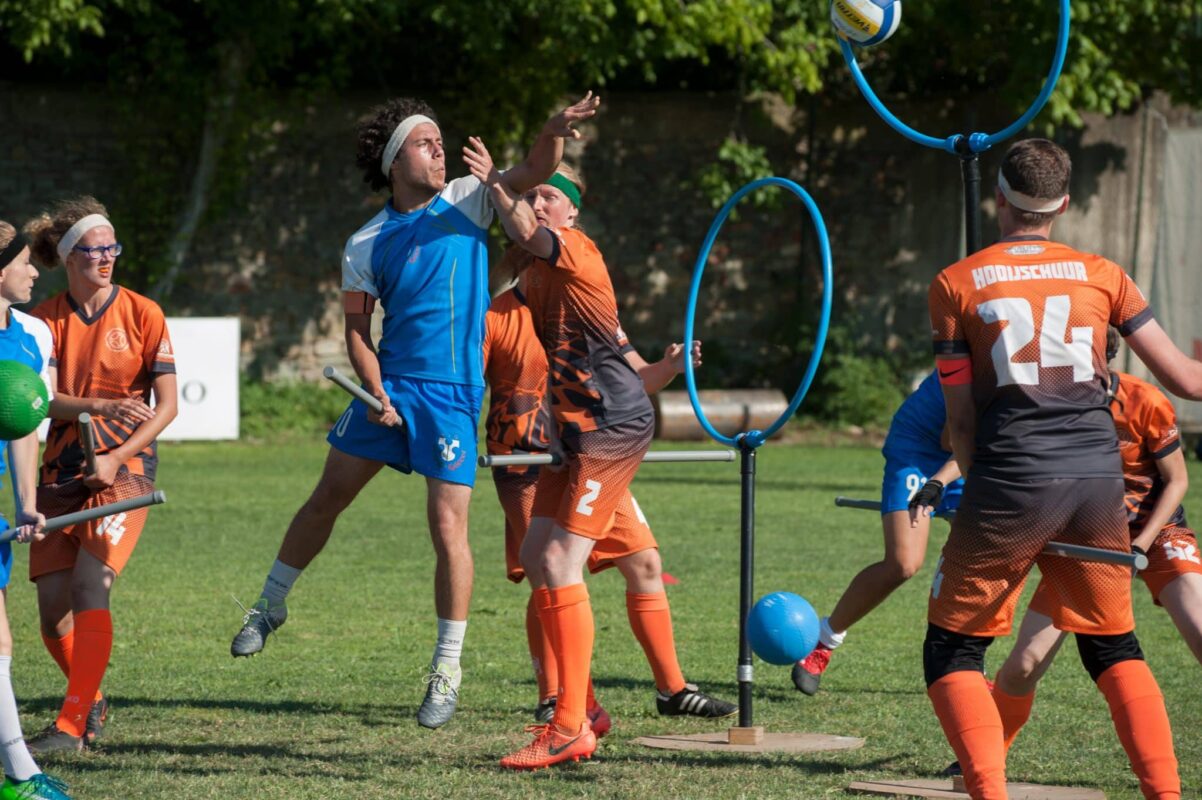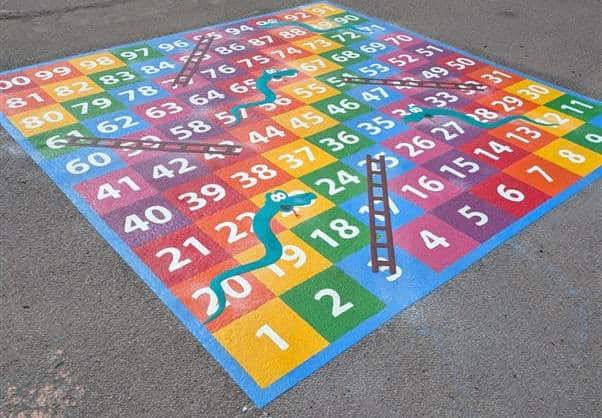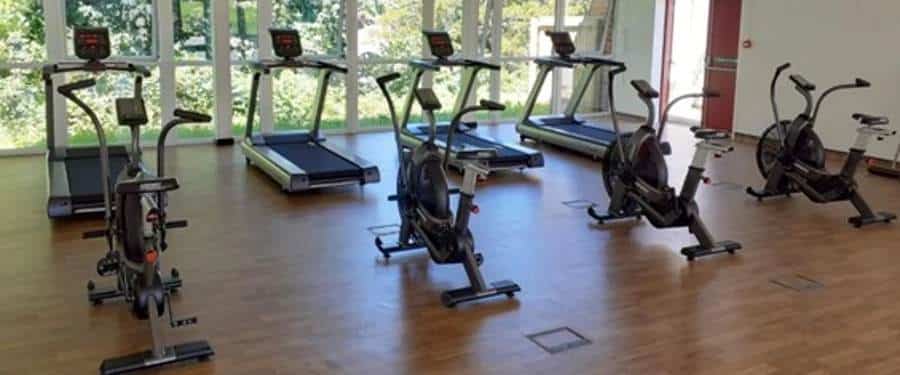Playground activities occurring at break and lunchtime, preschool or at the end of the school day can be varied and involve students of all ages.
Outdoor play may be student-regulated, with minimum levels of adult supervision, or directly controlled and supervised by a member of staff, depending on the type of play or sports equipment used, potential hazards, behaviour and skills required. It may consist of highly creative activities or be based on traditional sports and games. You should define zoned play areas with activities restricted to their particular designation. “Quiet areas” should not be intruded on. It is also important to allocate sufficient safe space for specific activities.
Careful planning of outdoor play areas should help with this by:
- assigning activities involving rapid movement, the use of balls and sudden changes of direction to areas that are away from sloping ground or areas with sudden drops
- avoiding car park areas, and areas where there is any likelihood of traffic entering or leaving the school premises
- assigning individual activities such as skipping and circus skills to areas with appropriate vegetation or shrubs
- Avoid areas with poor drainage known to frequently retain water.
You should have procedures in place to ensure that potential hazards are regularly monitored, and strategies implemented to minimise the risk of injury. Common potential hazards relating to outdoor play areas are listed below.
[row style=”small”]
[col span=”6″ span__sm=”12″ span__md=”12″]
Fixed Climbing Equipment:
- Lack of inspection and repair schedule
- Peeling paint and rust
- Inappropriate or lack of safety surfaces
- Proximity to other hazards (e.g. windows or projections)
- Excessive fall height.
Play-area Surface:
- Slippery in wet weather
- Uneven or cracked
- Loose grit
- Vegetation growing on or through surface
- Litter, including broken glass
- Patches of the slit from poor drainage
- Covers missing from post sockets.
Play-area Drainage:
- Standing water after rain
- Drain grids below or above surface level
- Drain grids with oversized spaces
- Drain grids broken or missing.
Surrounding Vegetation:
- Possibility of students overrunning into plants/shrubs
- Type of plants/shrubs (e.g. shrubs with large thorns, stinging, nettles)
- Possibility of poisonous berries adjacent to play area
- Seasonal coverage of wet fallen leaves.
[/col]
[col span=”6″ span__sm=”12″ span__md=”12″]
Access to Play Area:
- Possibility of unauthorised student access
- Possibility of vehicular access
- Vehicular deposits on play area if used as car park outside school hours
- Use as a public right of way
- Possibility of access by unauthorised adults.
Play Area Built on Sloping Ground:
- Steep steps
- Lack of secure handrail
- Condition of steps
- Presence of rubbish or vegetation on steps
- Possibility of students overrunning play area
- Possibility of stones, gravel or dirt rolling on to play area.
Buildings Around Play Area:
- Exposed external corners adjacent to play areas
- Projections below head height
- Outward-opening windows
- Outward-opening doors
- Not-toughened glass.
[/col]
[col span__sm=”12″]
[button text=”Outdoor Inspection & Maintenance” letter_case=”lowercase” color=”secondary” size=”large” padding=”0px 45px 0px 45px” link=”/outdoor-inspection-maintenance/”]
[/col]
[/row]





